University of Canberra student Bryce Cronin with the face shield made with a 3D printer. Photo: Supplied.
Students at the University of Canberra and the Australian National University are finding creative ways to address the shortage of personal protective equipment (PPE) in hospitals.
University of Canberra students Bryce Cronin and Jed Hodson recently won the Protecting Vulnerable Peoples Challenge of the Australian Computer Society’s Flatten The Curve Hackathon by using a 3D printer to produce face shields.
The idea came when they noticed that people had been 3D printing medical face shields to address shortages of PPE in hospitals.
Their value-add was to create a range of face shields to suit different international standards, as well as different assembly methods so the shields could be made on non-industrial 3D printers.
Mr Cronin, who is studying a Bachelor of Engineering in Network and Software Engineering (Honours), and Mr Hodson, studying a Bachelor of Engineering (Honours), came up with their design in just 48 hours. The hackathon saw 2,400 competitors in 200 teams from around the world compete in five categories.
“Many of us in the UC Engineering Society own 3D printers, but because they are budget printers, they are really small so there isn’t enough room to print the face shield designs being made around the world right now,” Mr Cronin said.
“It all depends on the tools you have, and the good thing is that our design can fit onto smaller 3D printers so more people can pitch in and help.”
The designs are now available free to download and ready to print from any 3D printer around the world. They have already had 80 people download their designs – but their work doesn’t stop there.
“We won $5,000 at the Hackathon, and I know we are going to use a bit of it to help manufacture the designs we have made and buy some 3D printer filament to start printing some designs for the local community,” Mr Cronin said.

Dr John Debs in the ANU MakerSpace inspecting PPE. Photo: Jamie Kidston, ANU.
At the ANU, their MakerSpace has produced 2,000 face shields and is preparing to make another 15,000 as required.
They have also created a prototype face mask that volunteers are sewing and returning to ANU to be sterilised and made ready for use by people working in non-frontline health services, such as pathology labs. They have enough volunteers and materials to make about 2,000 face masks.
Founder of the MakerSpace Dr John Debs said the PPE would be provided to health workers in the ACT and NSW free of charge.
“We see this as a community good from the University to supplement the usual supply chain of hospitals, general practices and other frontline health services,” said Dr Debs of the ANU Research School of Physics.
“We had heard buzz around people 3D printing face shields but, after looking at the designs, we knew we could make them faster and more effectively with other tools. We found some open-source designs from the United States, and we ran with them as a starting point.”
ANU MakerSpace is working closely with ACT Health and NSW Health to provide face shields.
MakerSpace staff member managing the PPE effort Rachael Hanrick said artists, craftspeople and designers from the ANU School of Art and Design have provided critical expertise to the project.
“These people are all makers and doers, and their hands-on making experience and material knowledge are invaluable in our MakerSpace community and for this project in particular,” said Ms Hanrick, who is a mechanical engineer, has trained as a fine-furniture maker and is undertaking a Master of Design.
“We did not reinvent the wheel – we built on design work that had already been done in other parts of the world hit harder and faster by COVID-19 than Australia has been so far. Our strength lies in the speed with which we can go from an idea to production, drawing on the strong networks and agile nature of our makerspace,” she said.
Ms Hanrick said making is a fundamental human activity, and its importance in educational and vocational settings cannot be understated.
“Modern maker spaces are in many ways a continuation of shared making communities that have existed for centuries – examples ranging from woodworking guilds, quilting circles, Men’s Sheds, hackerspaces and R&D labs,” Ms Hanrick said.
“While technologies such as 3D printers and laser cutters are more accessible than ever, they are still limited to relatively affluent makers – maker spaces fill this void as communal spaces that give access to a shared pool of resources.”












